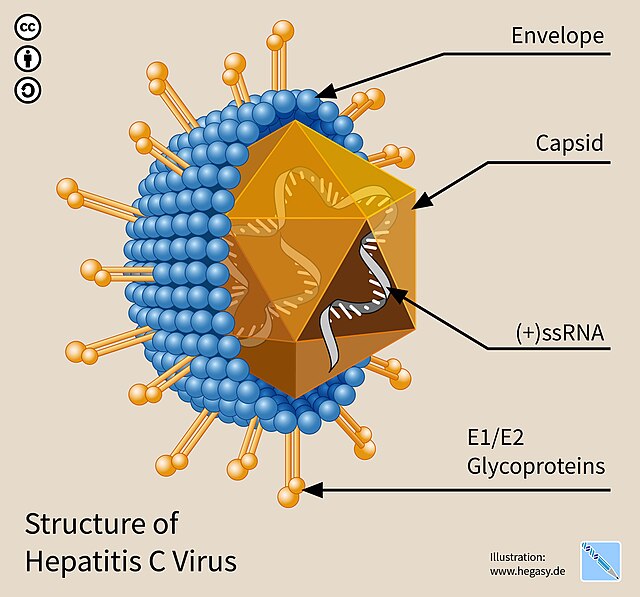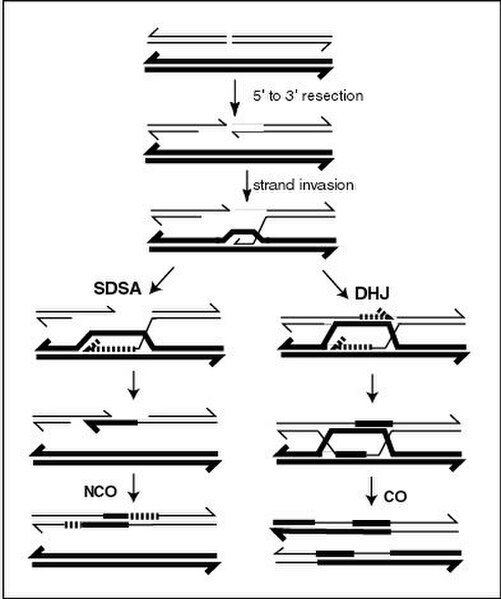Viral vectors are modified viruses designed to deliver genetic material into cells. This process can be performed inside a living organism or in cell culture. They have widespread applications for use in basic research, therapies, and vaccines.
Structure of a virus, specifically the hepatitis C virus
Mice transduced by a lentiviral vector fluoresce under UV-illumination
Viral vector transduction of a cell for gene therapy
Shipments of the Russian-made Sputnik V COVID-19 vaccine, an adenoviral vector, are seen in Guatemala in 2021.
Deoxyribonucleic acid is a polymer composed of two polynucleotide chains that coil around each other to form a double helix. The polymer carries genetic instructions for the development, functioning, growth and reproduction of all known organisms and many viruses. DNA and ribonucleic acid (RNA) are nucleic acids. Alongside proteins, lipids and complex carbohydrates (polysaccharides), nucleic acids are one of the four major types of macromolecules that are essential for all known forms of life.
Simplified diagram
Impure DNA extracted from an orange
T7 RNA polymerase (blue) producing an mRNA (green) from a DNA template (orange)
A current model of meiotic recombination, initiated by a double-strand break or gap, followed by pairing with an homologous chromosome and strand invasion to initiate the recombinational repair process. Repair of the gap can lead to crossover (CO) or non-crossover (NCO) of the flanking regions. CO recombination is thought to occur by the Double Holliday Junction (DHJ) model, illustrated on the right, above. NCO recombinants are thought to occur primarily by the Synthesis Dependent Strand Annealing (SDSA) model, illustrated on the left, above. Most recombination events appear to be the SDSA type.








